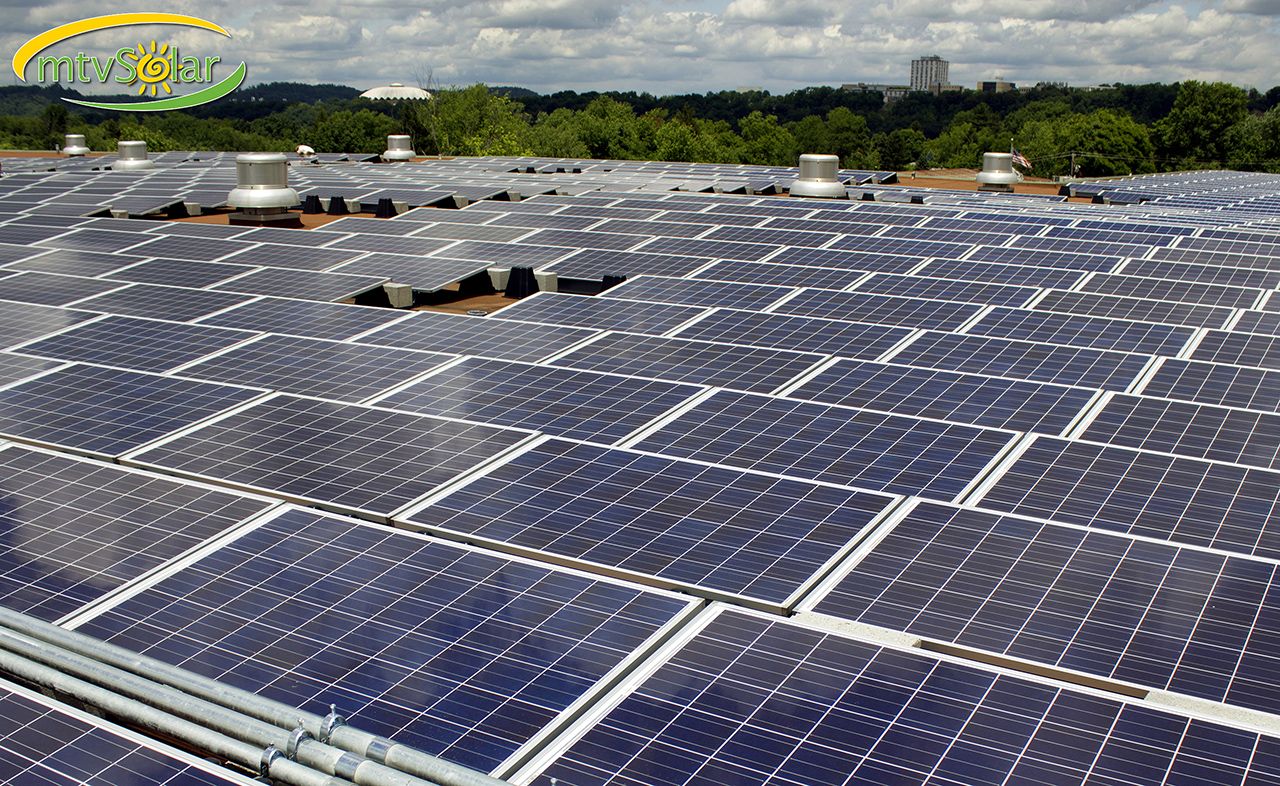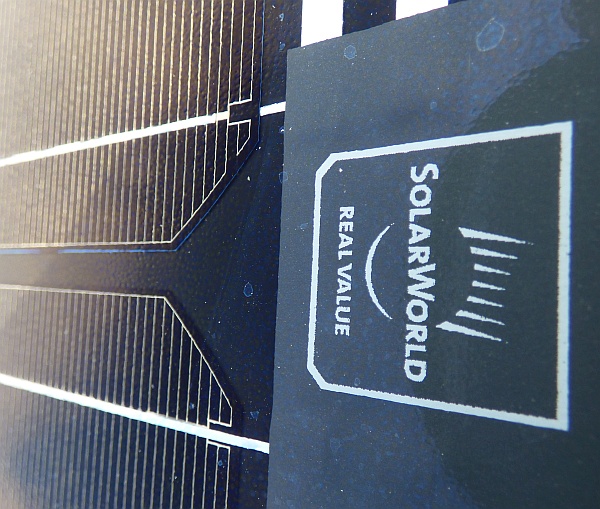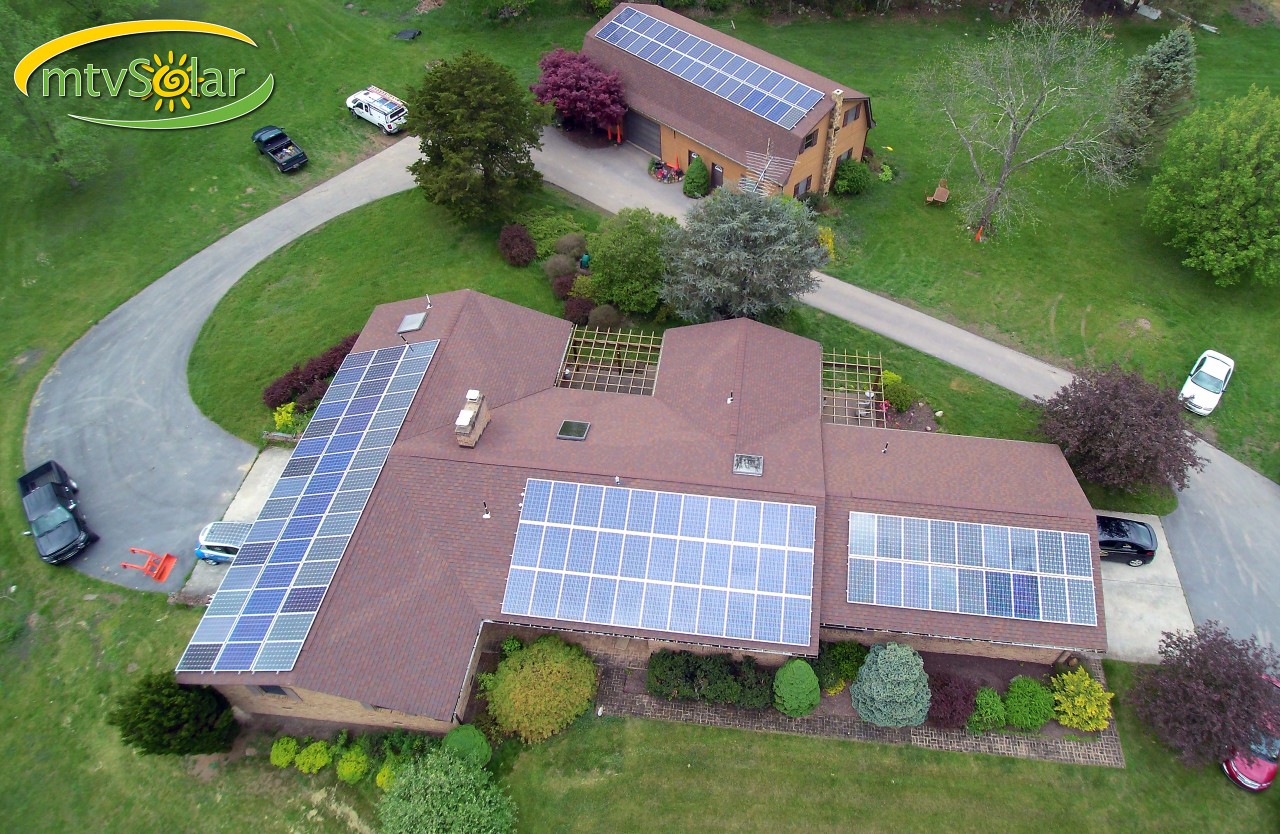 Solar power has a reputation for environmental friendliness, and for good reason. A solar panel generates energy by converting sunlight into electricity without emitting the greenhouse gases and other pollutants that come from burning fossil fuels. Even some renewable energy sources can have negative environmental impacts as they generate power, such as the light and noise pollution from wind farms, or potential sea life degradation near tidal energy projects. But not solar panels, which sit on roofs or in open land quietly, cleanly pumping out electrons.
Solar power has a reputation for environmental friendliness, and for good reason. A solar panel generates energy by converting sunlight into electricity without emitting the greenhouse gases and other pollutants that come from burning fossil fuels. Even some renewable energy sources can have negative environmental impacts as they generate power, such as the light and noise pollution from wind farms, or potential sea life degradation near tidal energy projects. But not solar panels, which sit on roofs or in open land quietly, cleanly pumping out electrons.
There is, however, another side to the solar power story that can paint a different picture of solar’s environmental impact. For, although solar panels generate clean energy, they can be somewhat dirty to manufacture. And, the solar industry has grown at least in part due to manufacturers shifting production to low-cost locales with lax environmental regulations. As a result, solar panels can have widely varying carbon footprints depending on upon where in the world they were produced.
In this article, we discuss the factors that contribute to the carbon footprint of solar cells, and how mtvSolar goes about choosing only the most environmentally friendly solar panels for our customers.
“Carbon Debt” and Environmental Impact of the Solar Panel Lifecycle
Solar cells and panels do not exist naturally in nature, obviously. They must be manufactured. Manufacturing consumes fossil-fuel generated energy and involves potentially toxic inputs. As solar energy use has grown, so has awareness of the environmental cost of producing solar equipment.
The greenhouse gas-related cost of producing solar panels is sometimes referred to as the “carbon debt” that a solar installation must “repay” before it can deliver environmental benefits. Determining a solar panel’s “carbon debt” primarily involves assessing the volume of greenhouse gases released in:
- Mining and transporting the raw silica from which most solar cells are made (e.g., gas consumed by mining equipment, and trucks, trains, and ocean vessels carrying raw materials);
- Providing the energy consumed by solar panel manufacturing facilities (e.g., coal, oil, and natural gas burned by power plants that supply electricity to manufacturers); and
- Transporting finished solar panels to their point of installation (as above, emissions from trucks, trains, and ships carrying shipments of finished solar panels).
In addition, the lifecycle of solar panels can involve other, non-carbon-related environmental impacts. Toxic chemicals are used in the process of producing solar panels and must be disposed of in an environmentally responsible manner. The water used in producing solar panels must be treated and may be a limited resource in some manufacturing locations. And, of course, if solar panels are thrown away instead of recycled, they occupy space in landfills.
Manufacturing Location Matters
American home and business owners can limit the “carbon debt” and other environmental impacts of their solar installations by selecting solar panels manufactured close to home. A variety of factors contribute to the relatively low carbon footprint and overall environmental friendliness of solar equipment manufactured in North America. Firstly, environmental regulation in the United States and Canada tends to be far more strict and better enforced than in many other solar cell producing nations. As a result, North American solar panel manufacturing facilities are by and large cleaner and more energy efficient than their foreign competitors, particularly certain competitors located in Asia, where the bulk of cheaper solar panels are made. Also, to the extent North American manufacturers source the silica for their solar cells from Canadian and U.S. mines, their products will also benefit from stricter environmental oversight of mining industries here.
Additionally, sourcing solar panels from U.S. and Canadian manufacturers substantially cuts the carbon cost that results from transporting new panels over long distances. Two functionally-identical solar panels, one imported from Asia into a port on the West Coast and then hauled to West Virginia by truck and/or train, the other manufactured outside of Toronto and driven south over the border, will have a significantly different “carbon debt” to repay based on distance traveled alone. What is more, the cleanliness of transport may differ substantially nation-to-nation. If vehicle emissions standards in Asia, for instance, are less strict than in the U.S. or Canada, then the “first mile” a solar panel travels from an Asian manufacturing facility will cause the release of more greenhouse gases than the equivalent mile traveled from a North American facility.
A 2014 study comparing solar manufacturing in China and Europe (a regulatory environment similar to North America’s) confirms the general premise that solar panels made in higher-regulation locations have a smaller “carbon debt” than their competitors in lower-regulation locales. To be clear, however, as this review from Carbon Brief points out, although solar panels have a carbon footprint that can vary in size, the overall carbon impact of solar energy is tiny compared to carbon-rich energy sources like coal and natural gas. Indeed, a 2016 study argues that over the past 40-years, the worldwide use of solar energy has reached a “break even” point at which the overall “carbon debt” of solar panels has been “repaid.” The net carbon-free benefit of solar can be expected to increase, also, as more solar panel manufacturers use their own solar panels to power their manufacturing facilities.
Our Commitment to Low-Carbon-Footprint Manufacturers
 At Mountain View Solar, we aim to minimize the “carbon debt” of the solar systems we install by selling solar panels manufactured by SolarWorld and SilFab, two North American producers with sterling, long-term commitments to making high quality environmentally friendly products.
At Mountain View Solar, we aim to minimize the “carbon debt” of the solar systems we install by selling solar panels manufactured by SolarWorld and SilFab, two North American producers with sterling, long-term commitments to making high quality environmentally friendly products.
SolarWorld has been manufacturing solar panels in the United States since 1975. Although it has manufacturing facilities around the world, nearly all of the products SolarWorld sells in the U.S. come from its state-of-the-art, high-efficiency facility in Hillsboro, Oregon. SolarWorld has been recognized as being among the most transparent and environmentally conscientious solar manufacturers in the world.
SilFab manufactures solar equipment at a clean, modern, production facility in Mississauga, Ontario, Canada. That location helpfully minimizes the distance its solar panels have to travel to reach our customers in the mid-Atlantic region. SilFab has a 35-year track record of producing some of the most efficient, dependable solar panels available on the market and has consistently been named a Top Solar Panel Products manufacturer by Solar Power World.
Contact Us Today

Here at Mountain View Solar, we like to say that solar power is good for the planet and the pocketbook. We strive to ensure that the solar equipment we install makes the most of both of those benefits by minimizing the debt carbon and financial that our systems stand to “repay”.
mtvSolar doesn’t just talk the talk, we walk the walk. With 30kW of solar installed on our main office, our own carbon load is reduced substantially. In addition, we own multiple plug-in-hybrid and electric vehicles charged from the sun!
Please fill out our free consultation form now to learn more about our affordable, low “carbon debt” solar products. Our zero-pressure sales team can explain our options. mtvSolar is your local West Virginia, Virginia, Maryland and Pennsylvania contractor, with NABCEP certified employees and all proper licenses and insurance.

